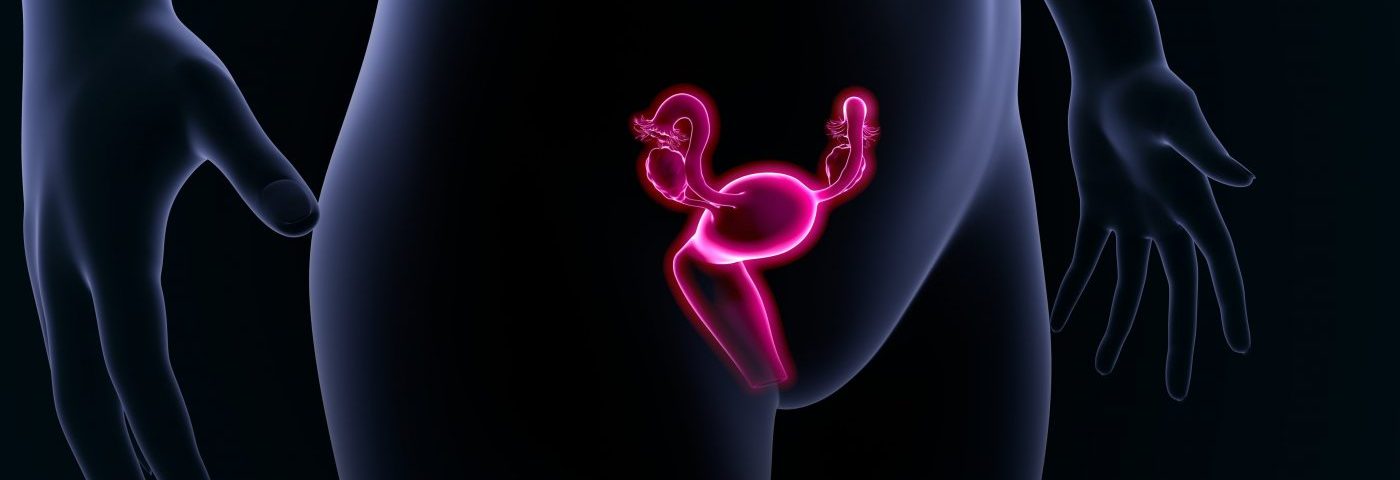Researchers found evidence of altered expression of a single protein, called oxytocin, linked to endometriosis-related fertility and dysmenorrhea (painful menstruation).
The study “The abnormal expression of oxytocin receptors in the uterine junctional zone in women with endometriosis” was published in the journal Reproductive Biology and Endocrinology.
The junctional zone, also known as the endometrial-myometrial junction, is associated with the peristaltic-like movements — contraction and relaxation — in the non-pregnant uterus. Uterine contractions are important in several reproductive processes, including menstrual flow, rapid sperm transport, successful implantation and deep placentation. However, dysfunctions to these movements (called uterine hyperperistalsis and dysperistalsis) have been associated with several disorders, including endometriosis.
Oxytocin was identified as a key protein regulating the contraction of the uterus, in both pregnant and non-pregnant states. Oxytocin receptor is expressed in several cell types (epithelial cells and smooth muscle cells of human uterus), but also is found in endometriotic lesions and ovarian endometriotic cysts.
In this study the team of researchers investigated the expression of oxytocin and oxytocin receptors at the uterine junctional zone at different stages of the follicular cycle (when follicles in the ovary mature during the menstrual cycle) in patients with and without endometriosis. To this end, they used uterine samples collected during biopsies and contained both endometrium and junctional zone.
In the control uterus, researchers detected oxytocin expression significantly changed between different uterine zones during the different phases of the follicular cycle. When analyzing the endometriosis patients’ tissue samples, the scientists observed no differences in oxytocin expression when comparing different regions of the uterus, and during different phases of the follicular cycle.
However, analyzing the junctional zone specifically, the researchers observed the expression of oxytocin in ovarian endometriosis was significantly lower than that in deep infiltrating endometriosis. Moreover, they found that the level of expression of oxytocin was positively associated with the severity of dysmenorrhea in endometriosis group.
“The abnormal expression pattern of oxytocin receptor in the junctional zone in women with endometriosis may result in abnormal uterine contractile activity, reduced fertility and dysmenorrhea associated with endometriosis,” the researchers concluded.

